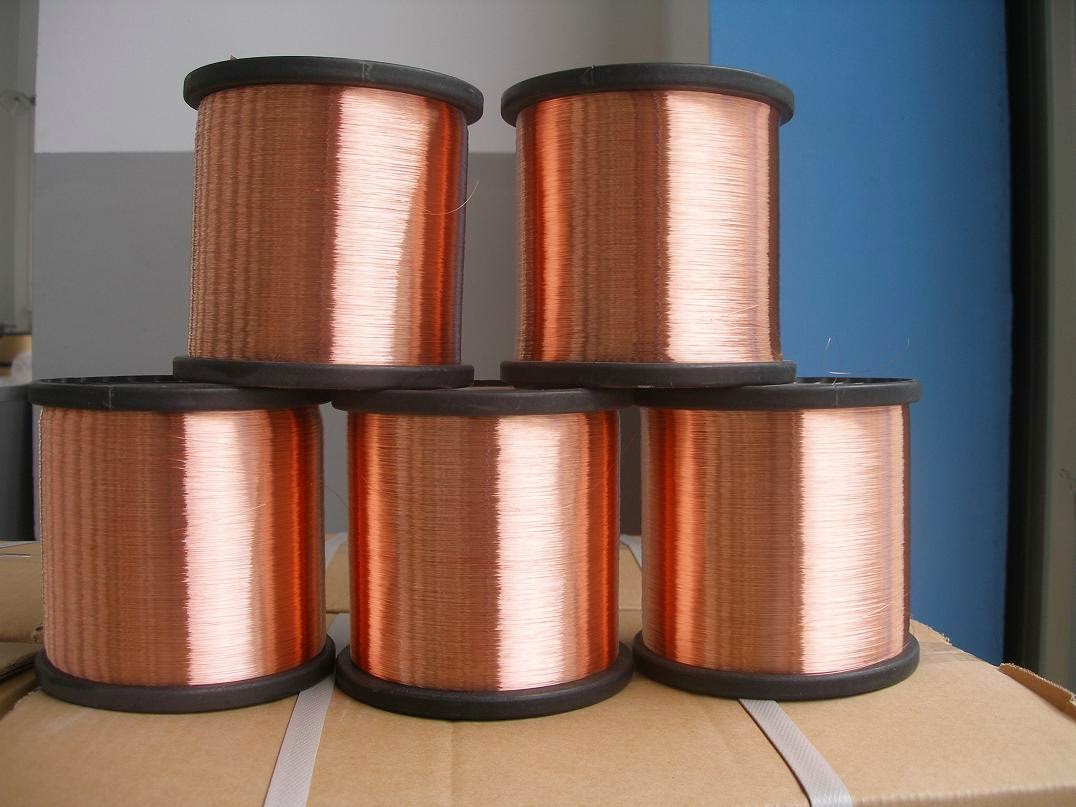Why Tinned Copper Wire is better than Bare ones?

Copper wires that are available in the market today are either bare wires, insulated with nickel or tin or bunched copper wires . The bare wires are rated under the regular bare 12 gauge copper wire. We take a close look at how bare copper wires are different from the tinned ones. Bare copper is a great choice in industries concerned with the manufacturing of electrical equipments and associated appliances and products. Car and domestic appliances are all driven by power connected by copper wires. Great conductivity doubled by extremely good anti-corrosion properties make copper wires made in bare form best option to be used in internal circuits as well as external relays used in transformers and over-head transmission lines. It has a fairly good tensile strength which means that it does not get snapped in heavy rains or thunderous storms. The durability is very promising and comes with good workable features. Bare copper wires are easy to draw and flatten and can be used

